- HOME>
- Digital Camera Basic Knowledge>
- Image Settings
Image settings are functions that enable you to select your preferred finish for your images and to make adjustments to them. The image settings are set and changed in the shooting settings menu. However, the effects of image settings are not reflected in image files that were taken in the RAW format. Also, the image settings that can be chosen and the details of the adjustments they make vary depending on the camera you are using.
You can switch among contrast, sharpness, and saturation in the image settings.
This is the difference in the bright and dark areas of the image. If the contrast is high, the image looks lively; conversely, if the contrast is low, the image looks flat and monotonous.
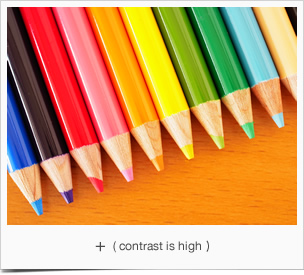
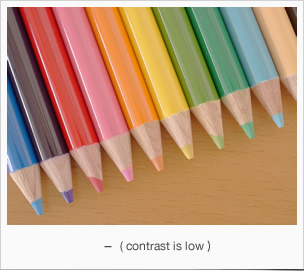
This is the image's clarity. The higher the sharpness, the more distinct the subject's contours will be.
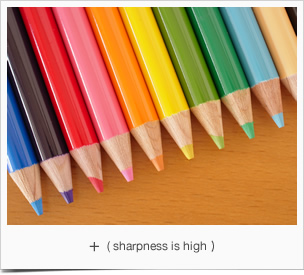
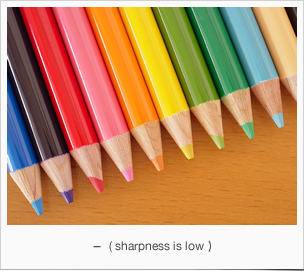
This is the depth of the colors in the image. The higher the saturation, the more vivid the colors will be.
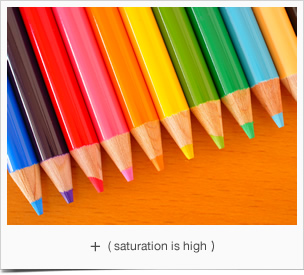
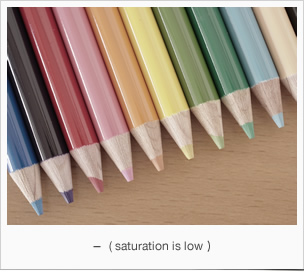
You can change the contrast, sharpness, and saturation to take images with varying finishes.

This is the standard finish. The settings will be set at their defaults. For general shooting, this is normally not a problem.

Contrast, sharpness, and saturation are set higher than they are in [Standard] for a colorful and varied finish.
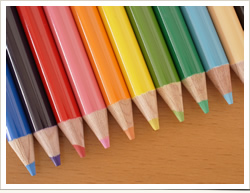
Contrast, sharpness, and saturation are set lower than they are in [Standard] for calm coloring and a soft-feeling finish.
![Custom Settings [Setting1, Setting2]](img/12/pic3_4.jpg)
You can set the contrast, sharpness, and saturation to make adjustments according to your preferences and then record those settings.
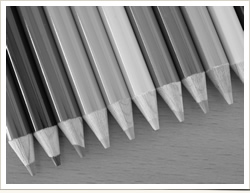
This results in a black and white image. Depending on the camera, the contrast and sharpness can be adjusted.
TE is an abbreviation for "toning effect"; you can choose [Sepia], [Red], [Green], [Blue], or [Purple] tints in [Toning Effect] for black and white images. Contrast, sharpness, and saturation can also be adjusted.
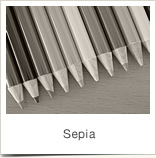
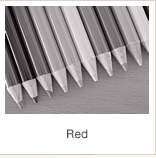
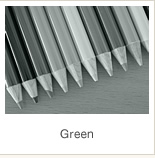
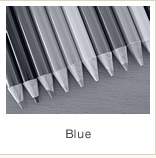
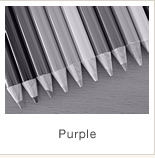
In addition to these, there are also cameras that enable you to choose from image settings that provide the following sort of distinctive finishes. These image settings are selected as scene modes that depend on the camera used.
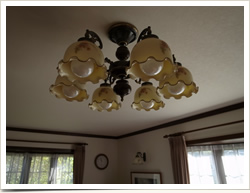
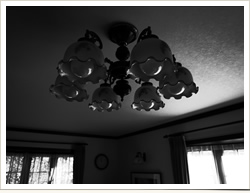
This results in images that emphasize contrast more than [Black & White], with a grainy finish like the shot had been taken with super-sensitive film and push-processed. Contrast, sharpness, and the like can also be adjusted.
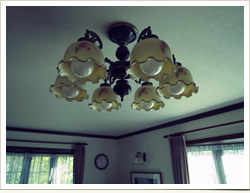
When positive film is developed negative, or negative film is developed positive, this is called cross processing. It gives pictures a mysterious, otherworldly coloring as if they had been developed using these processes. Hue, contrast, and the like can be adjusted. The hue can be selected from among [Basic], [Magenta], and [Yellow]. This picture was taken using [Basic].
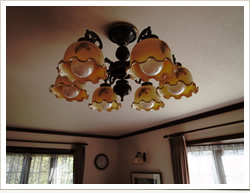
This results in a finish as if the image was shot with positive film, with high contrast, deep colors, and distinct coloring. Saturation, contrast, sharpness, and the like can be adjusted.
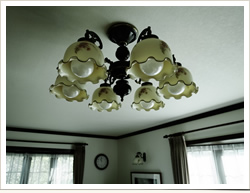
This results in an image with high contrast that emphasizes varied light and dark areas while having an understated saturation and calm coloration. Hue, contrast, sharpness, and the like can be adjusted. The hue can be selected from among [Normal], [Hue: Warm], [Hue: Cool]. This picture was taken using [Normal].
Even with the same subject, by changing the image settings, you can take pictures that create varying impressions. Try finding the image settings you like best for the scene.
